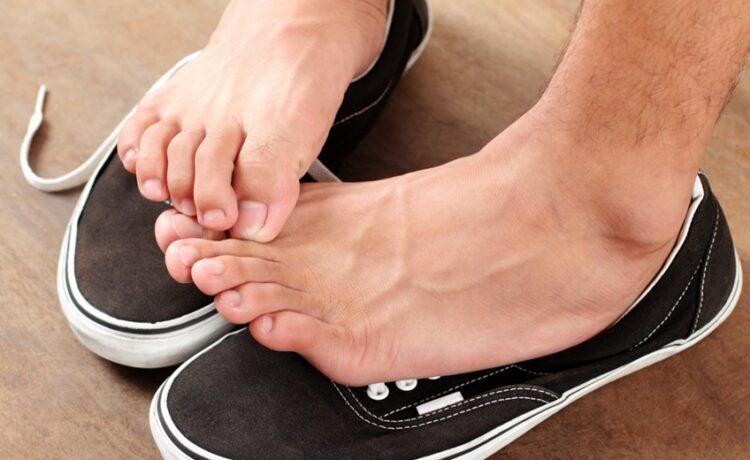As soon as you hear the words “athlete’s foot,” you might assume that this is a condition only experienced by athletes. However, this is far from true. In fact, anyone can get an athlete’s foot, regardless of their athletic ability or lifestyle. In this article, we will explore why and how anyone can get an athlete’s foot.
The Basics of Athlete’s Foot
An athlete’s foot is a fungal infection that typically affects the skin on the feet. It thrives in warm and damp environments, making it particularly common among people who wear tight-fitting shoes or socks for extended periods of time.
The symptoms of athlete’s foot include:
- Itching
- Burning
- Scaling
- Flaking
- Redness
These symptoms can be uncomfortable and even painful in some cases. Therefore, seeking a healthcare professional for an athlete’s foot in Marietta can help to provide relief. They may be able to provide medications and lifestyle changes to help manage this condition.
Who is at Risk?
While athletes are certainly at risk for developing athlete’s foot due to their active lifestyles and frequent use of communal facilities like locker rooms and showers, they are not the only ones who can develop this condition.
Some other factors that may put you at an increased risk for athlete’s foot include:
- Sweating excessively.
- Wearing tight-fitting shoes or socks.
- Walking barefoot in public places, such as pools or gyms.
- Having a weakened immune system.
Additionally, certain occupations may also increase your risk for an athlete’s foot. For example, people who work in healthcare settings where they are required to wear closed-toe shoes for long hours may be more likely to develop this condition.
Prevention and Treatment
The good news is that there are steps you can take to prevent an athlete’s foot from developing in the first place. These include:
- Keeping your feet clean and dry.
- Wearing breathable shoes and socks made from natural materials like cotton or wool.
- Avoiding walking barefoot in public places whenever possible.
- Using antifungal powders or sprays on your feet if you are at increased risk for athlete’s foot.
In addition to this, you may check out various other Remedies for how to get rid of athletes foot. Practicing good hygiene is key to preventing athlete’s foot and other fungal infections.
To Conclude
While the name “athlete’s foot” might be misleading, this condition can affect anyone. Whether you’re an Olympic-level runner or someone who spends most of their day sitting at a desk, taking steps to prevent and treat athlete’s foot is important for maintaining healthy feet. By following simple guidelines like wearing breathable shoes and keeping your feet clean and dry, you can reduce your risk of developing this common fungal infection. Thank you for reading.

